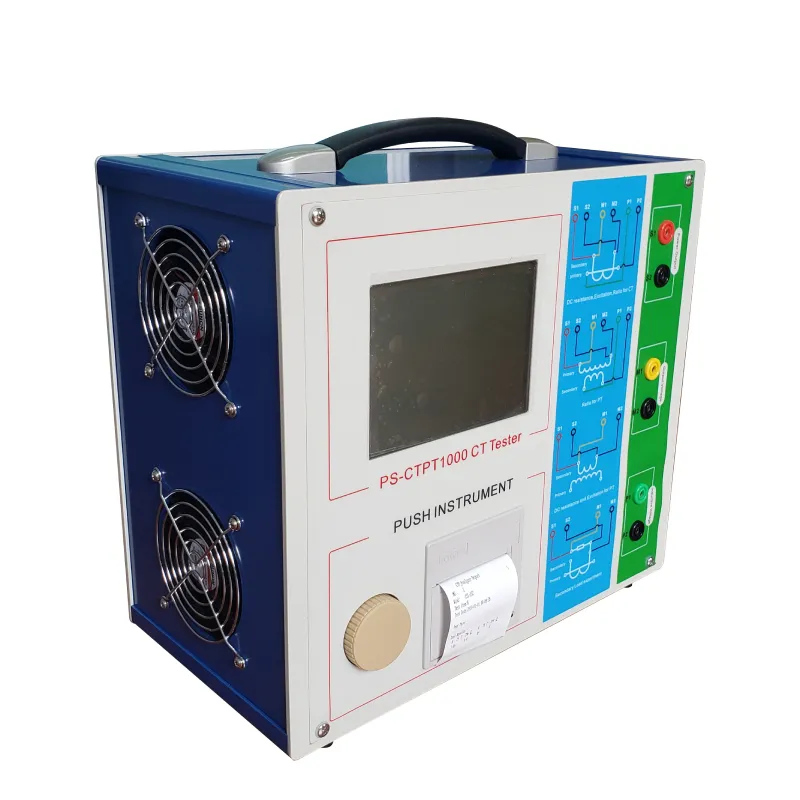 English
English


Transformers Commissioning Tests and Procedures for Optimal Performance Evaluation
Commissioning Test of Transformer Ensuring Reliability and Performance
The commissioning test of a transformer is a critical phase in the lifecycle of electrical equipment, designed to verify its operational integrity and reliability before it is put into service. This testing process encompasses a series of evaluations intended to ensure that the transformer meets the required specifications and can function properly under anticipated load conditions.
First and foremost, the commissioning tests begin with a thorough visual inspection of the transformer and its associated equipment. This initial step helps to identify any physical damages that may have occurred during transportation or installation. Inspectors examine for signs of oil leaks, loose connections, and any other irregularities that could affect the transformer's performance.
Following the visual inspection, the next phase is to perform electrical tests. One of the primary tests conducted is the insulation resistance test, which measures the integrity of the insulation system. High resistance values are expected, and any significant deviations from acceptable limits may indicate insulation deterioration or potential failure points.
Another critical aspect of the commissioning process is the ratio test, which examines the transformer's turns ratio to ensure it operates correctly at specified voltage levels
. A transformer that does not maintain the correct turns ratio may face issues in voltage regulation, which can lead to inefficiencies and damage to connected systems.commissioning test of transformer

In addition to these tests, a power factor test may also be performed to evaluate the quality of the insulation and determine the overall condition of the transformer. This test is crucial as it helps in identifying any deterioration of insulation that could result in leakage currents, thereby affecting the transformer's efficiency and lifespan.
Thermal imaging is also becoming a vital part of the commissioning tests. By using infrared cameras, inspectors can detect hotspots within the transformer that may indicate electrical imbalances or potential failures. Identifying such issues early can prevent costly downtimes and enhance the overall reliability of the transformer.
Upon completion of these tests, it is essential to document all findings meticulously. A detailed report should outline the test parameters, results, and any corrective actions taken. This documentation is valuable not only for immediate reference but also serves as a historical record for future maintenance and troubleshooting.
The commissioning test process ultimately serves to ensure that the transformer is safe, efficient, and ready for operational demands. By thoroughly conducting these tests, operators can minimize the risk of operational failures, extending the life of the transformer and safeguarding investments in electrical infrastructure.
In conclusion, the commissioning test of a transformer is an indispensable procedure that ensures reliability, safety, and efficiency. By adhering to rigorous testing protocols, utilities and industries can rest assured that their transformers will perform as intended, contributing to a robust and resilient power system.
-
Differences between open cup flash point tester and closed cup flash point testerNewsOct.31,2024
-
The Reliable Load Tap ChangerNewsOct.23,2024
-
The Essential Guide to Hipot TestersNewsOct.23,2024
-
The Digital Insulation TesterNewsOct.23,2024
-
The Best Earth Loop Impedance Tester for SaleNewsOct.23,2024
-
Tan Delta Tester--The Essential Tool for Electrical Insulation TestingNewsOct.23,2024





